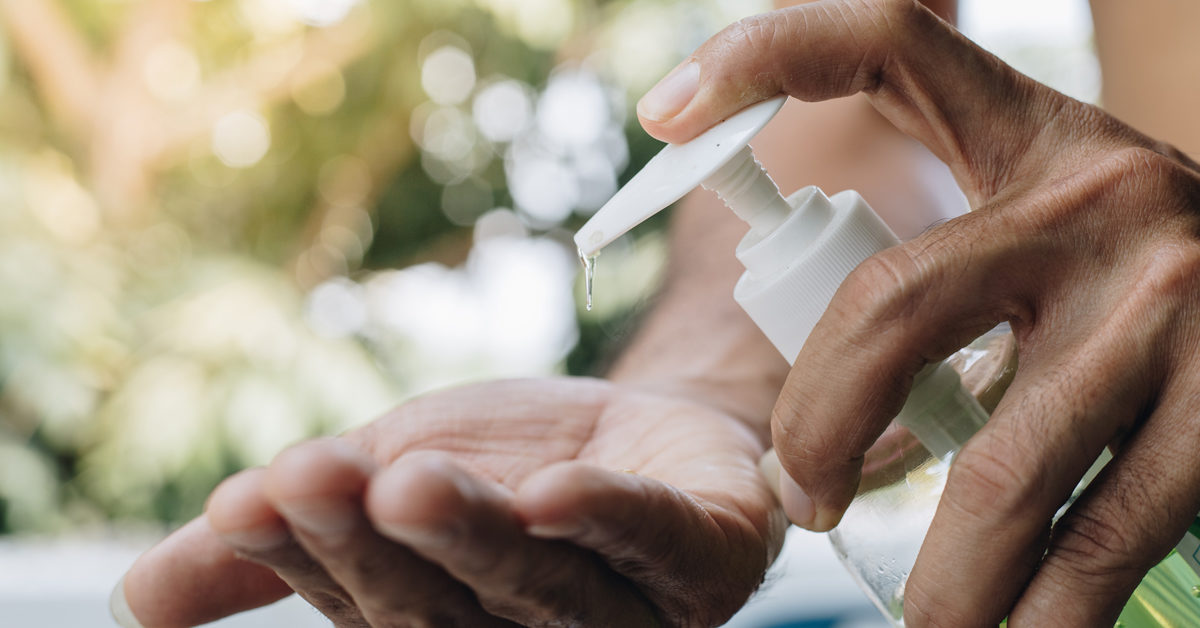In the context of the COVID-19 crisis, European States are encouraged to apply derogations to the normal product authorisation requirements of the Biocidal Products Regulation (BPR) to speed up the placement on the market of disinfectants and ensure that healthcare professionals and citizens have timely access to these products. The high demand for disinfectants to fight COVID-19 and the granting by Member States of health emergency permits have attracted new producers and suppliers to the market which often lack the regulatory knowledge of the applicable legal framework concerning safety and efficacy of these type of products.
Reports from EU Member States included:
– Disinfectants that do not have the required authorisation or permit
– Disinfectants that lack hazard labelling
– Products claiming to be disinfectants but which had a formulation that cannot be sufficiently effective against viruses, for example, due to insufficient concentrations of active substances with virucidal activity.
What happens when a product claimed to be a disinfectant is found to be illegal or counterfeit?
When EU Member States deem these products to pose a serious risk to the health of consumers, they communicate the measures taken against them in the Rapid Alert System for Non-Food Products (RAPEX).
National competent authorities are taking action, including fines and the withdrawal of the products from the market, to protect citizens from the risks of illicit and ineffective hand disinfectants being used to prevent the spread of COVID-19 and continue to perform inspections, including of online sales.
In March 2020, the unit in charge of fighting against counterfeit goods and illicit trade in the European Anti-Fraud Office (OLAF) has launched an enquiry into illicit trafficking of COVID-19 related products, including disinfectants.
References:
European Chemicals Agency – EU Member States report illegal and ineffective disinfectants – ECHA/NR/20/17 https://echa.europa.eu/pt/-/eu-member-states-report-illegal-and-ineffective-disinfectants















